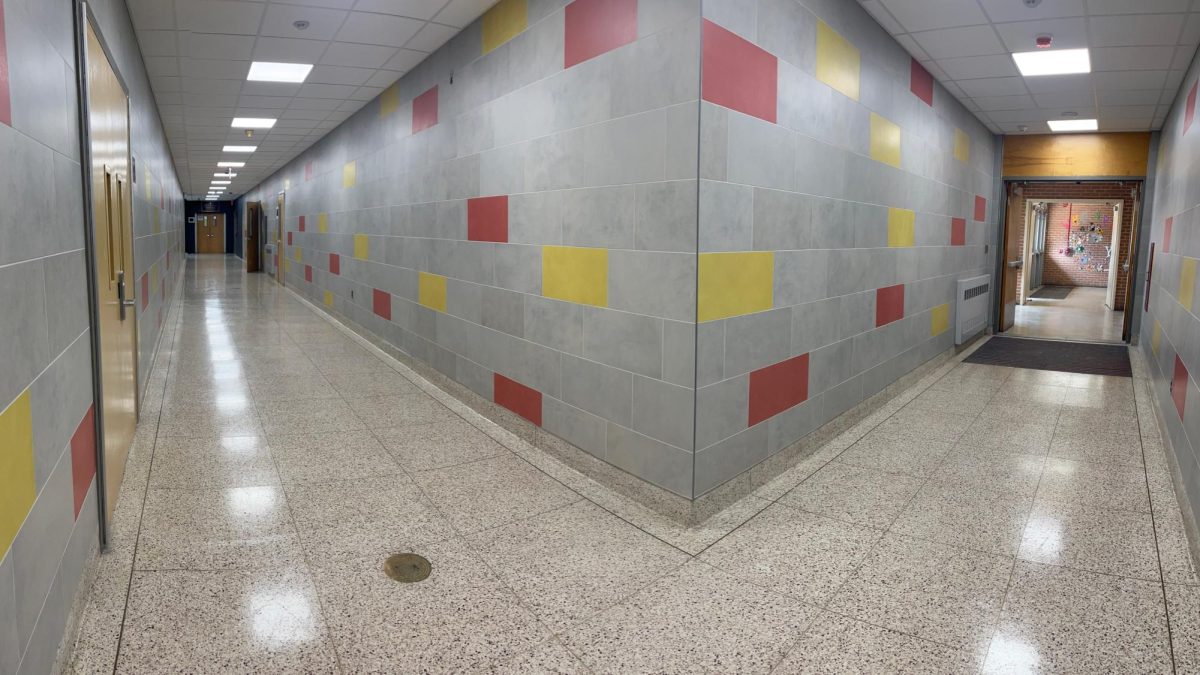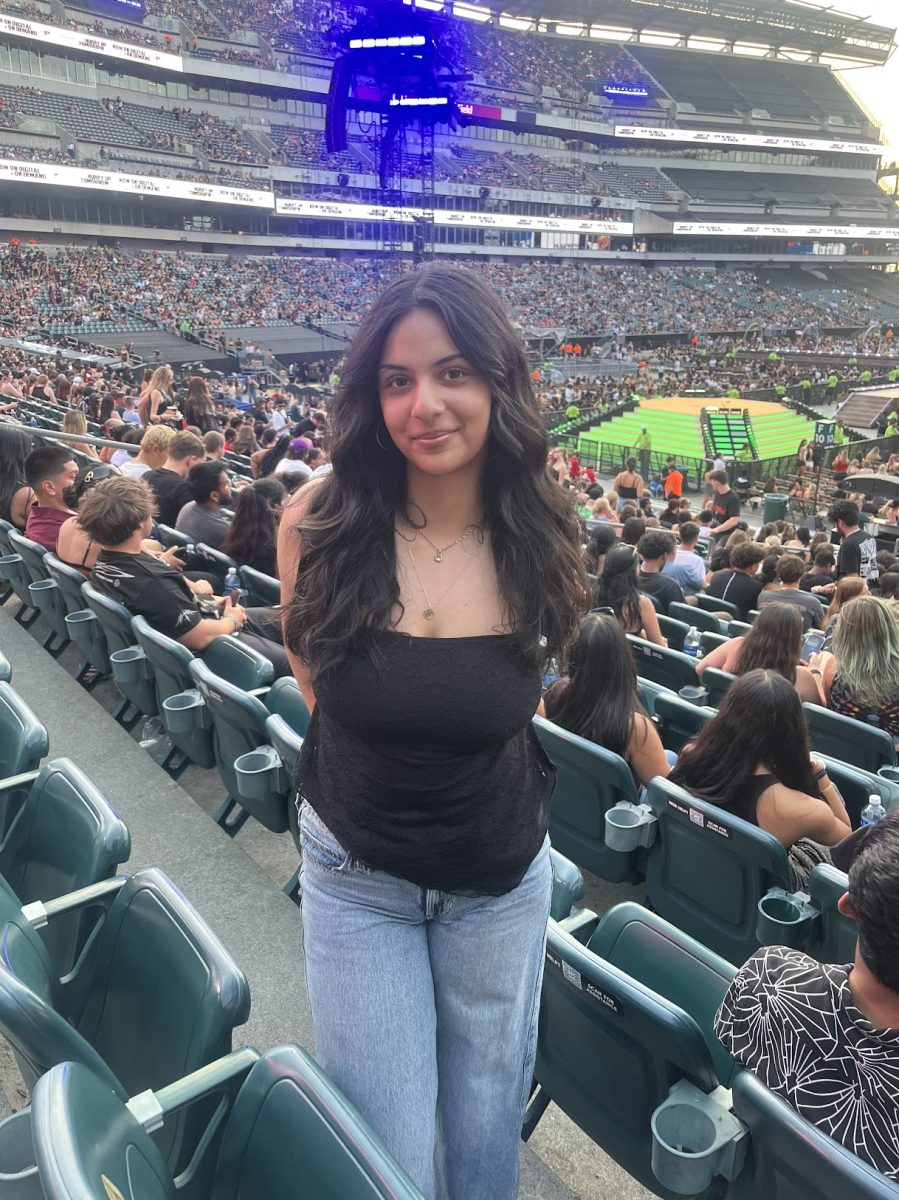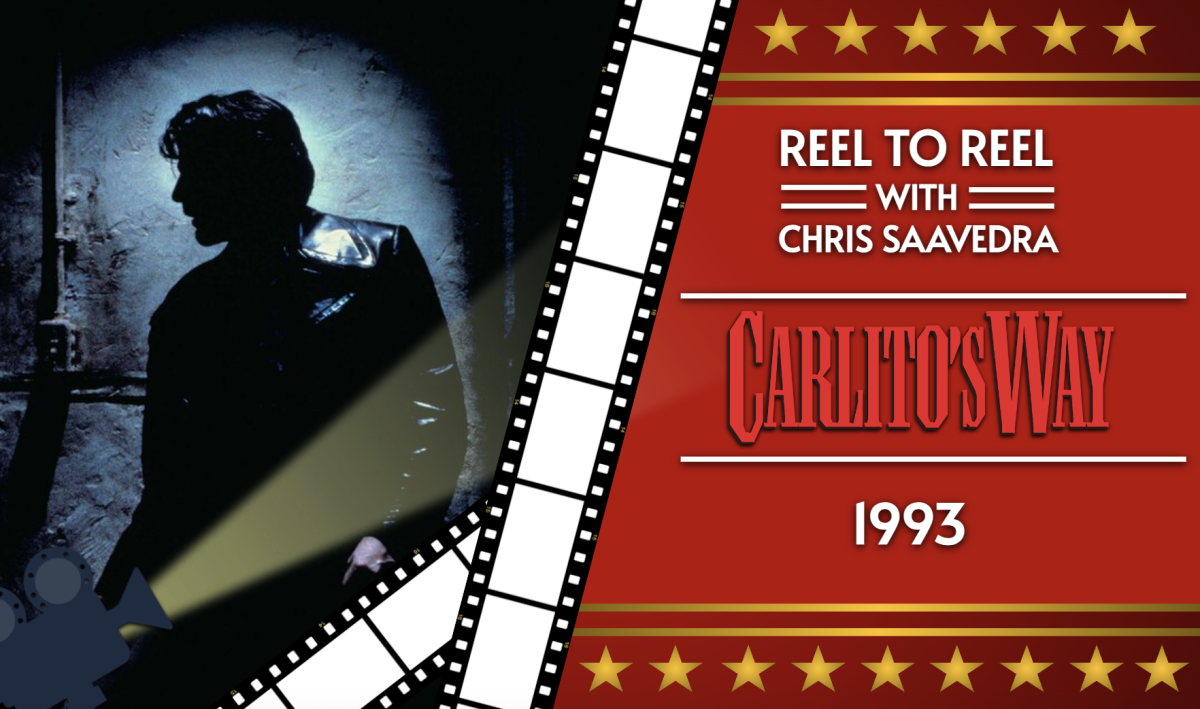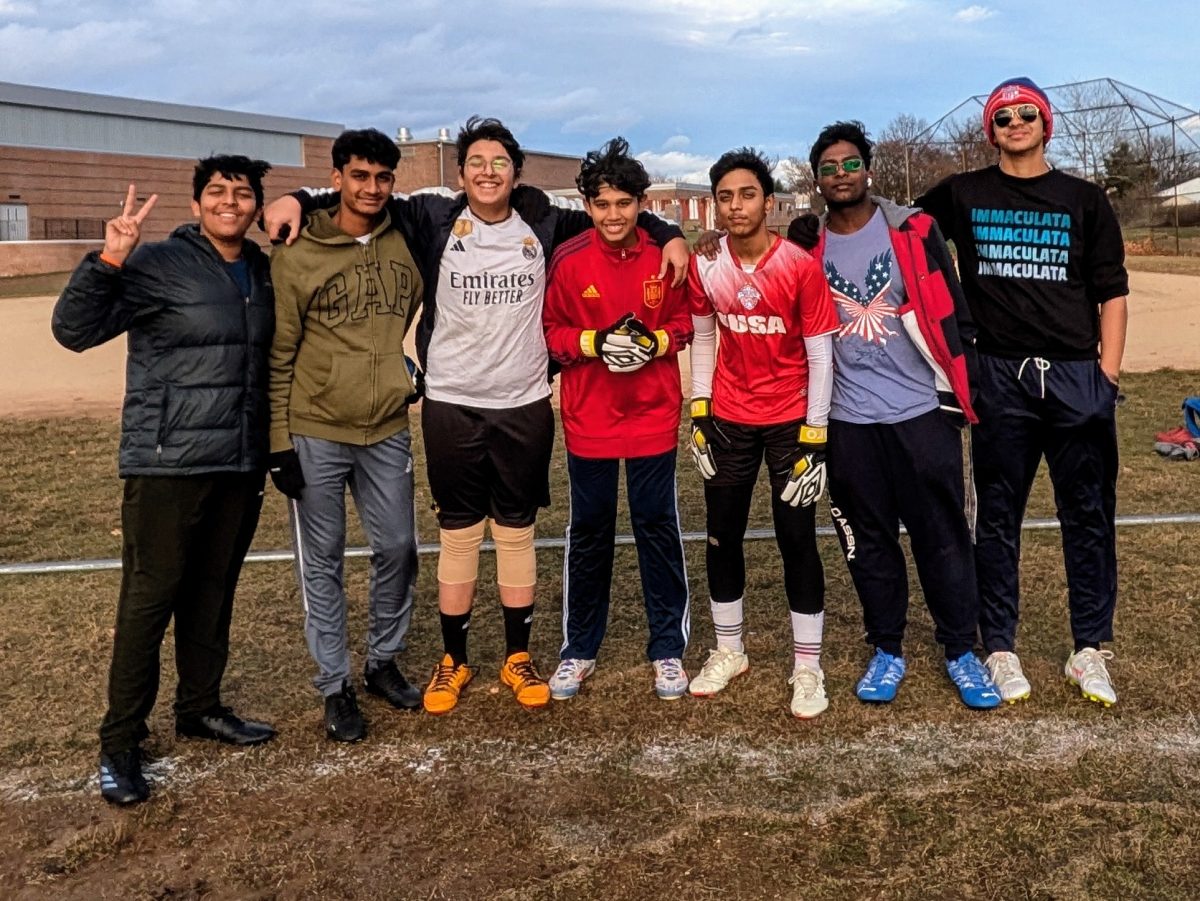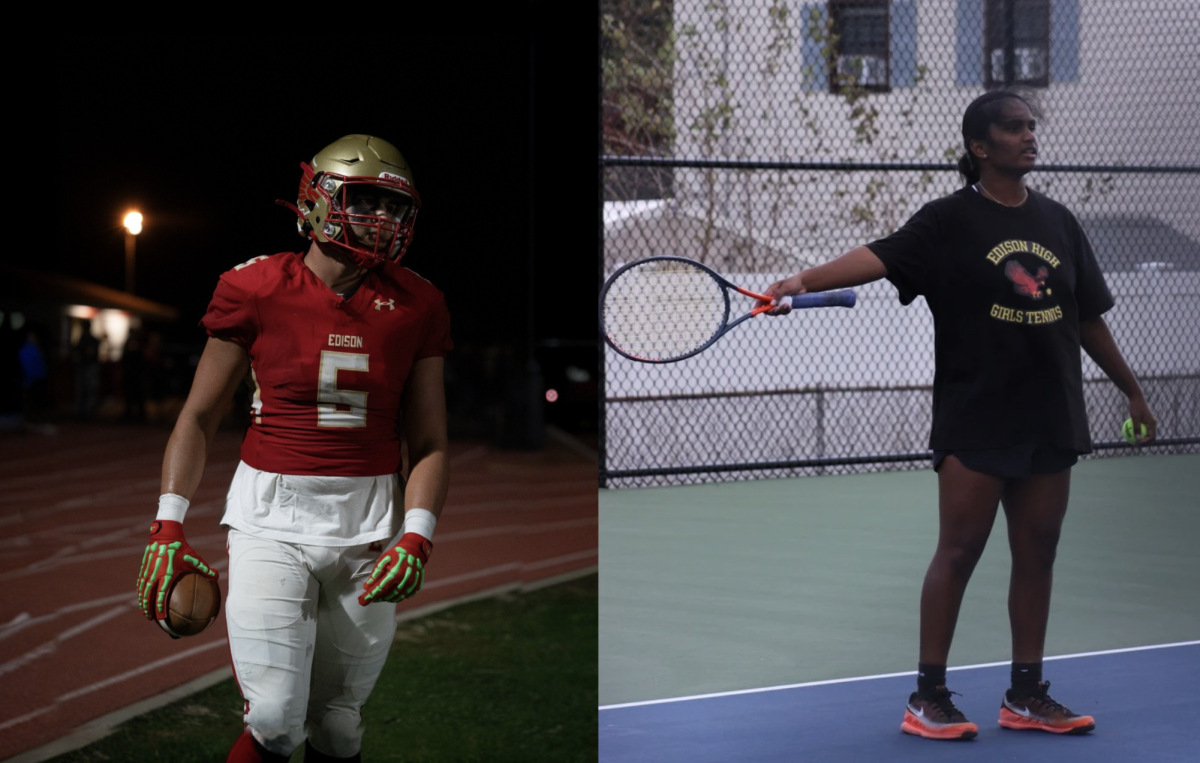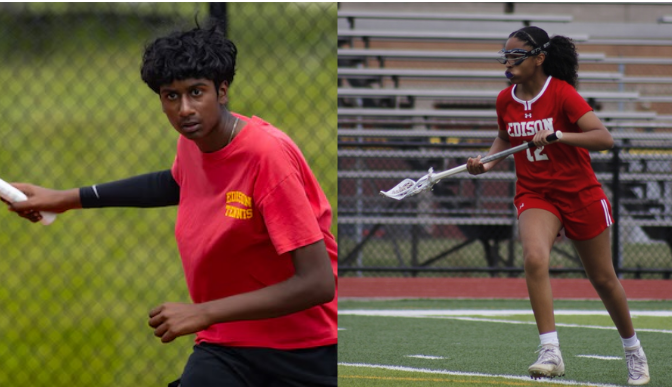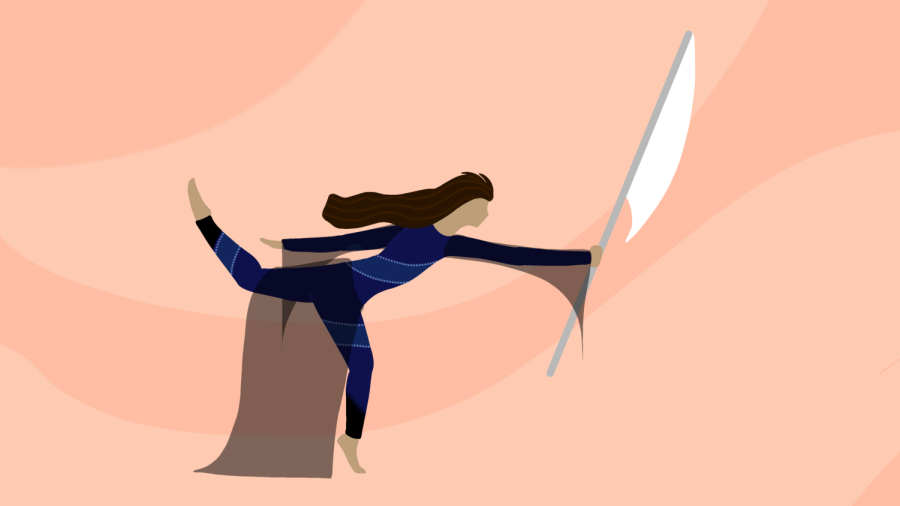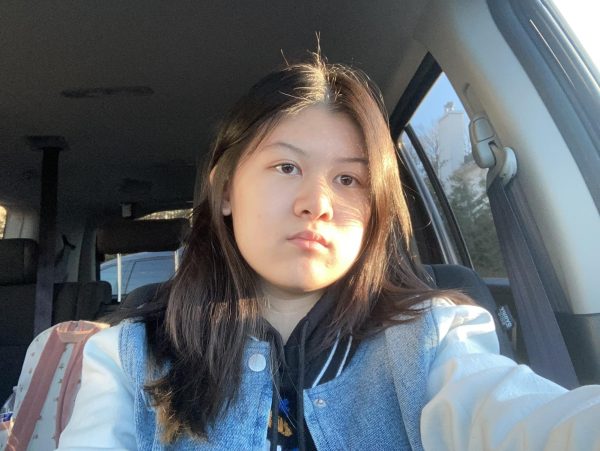Color Guard’s a Sport, But Where’s Our Support?
Color guard member in uniform poses with a flag.
February 14, 2022
Led by teachers Mr. Marcus Henry, Mr. Kai Williams, and Edison High alumni Kayla Wason ‘21 for the 2021-2022 season, the indoor Color guard is seeing a colorful future. But it may not be what everyone believes it to be. Since the sport’s reestablishment in 2018, support has been deficient for this small body.
A major factor in this lack of assistance is people’s unfamiliarity with this sport. Color guards are groups of performers who enhance and visually interpret music through the use of flags, sabres, and mock rifles with dance. Color guard groups are commonly seen in marching bands, such as the one that Edison High School has for the school’s varsity football team; however, color guards also exist as independent groups.
As guard continues to prepare for the new season’s show, the absence of outside support has become prevalent. It is a gamble to see if Color guard has a spot for practice every Tuesday and Thursday, wasting time and potential for this intricate art. Ambiguous communication and low prioritization create a challenge for the fight for space. Practices have had to occur in hallways and other unusual areas, such as the choir room and auditorium, in order to simply have practice. Even after finding an empty space, guard is once again relocated by future inhabitants of the spaces and janitors who need to clean the hallways.
Color guard veteran Cheyenne Wimberley ‘23 expresses her frustration with the guard’s lack of broader support: “I think our situation is honestly not fair. We aren’t treated like the other sports in the school.”
All other sports have spaces to practice almost every day of the week, so what is a mere two days a week? If there is no space, what accommodations can the school provide? The solution is to treat guard as a proper, funded, and cared-for sport.
In addition to the lack of space, the shortage of time that we can utilize the space for productive practice, as well as monetary issues and general interest are drawbacks for the Color guard. With not enough support to raise the money, guard members need to pay for the sport out-of-pocket, which includes gloves, knee pads, uniforms, and equipment. And without a general interest, Color guard easily has an uncertain future.
Similar to other sports, guard has become a keystone high school experience for many. Though some may see Color guard as a simple equipment-decorated dance group, others see it as a family.
“Guard is an incredible community, and a really beautiful activity that combines dance and guard equipment to tell a story,” Guard Captain and Eagle’s Eye Editor Julia Webb ‘22 says. “There’s always so much to learn and new tricks and tosses to get the hang of; the people I’ve met and my love for guard is why I decided to stay. By supporting the Color guard, they are supporting an incredible family willing to take in anyone.”
Other Color guard members have expressed their love for not only the sport, but of the people involved as well. Many have asserted that the Color guard community has shaped who they are, allowing them to open up and “come out of their shell.” A close-knit group, Color guard is beautiful in more ways than one.
Over the four years the recently established sport has been running, a few things have changed. Color guard technicians (techs), or people who develop the Color guard show, have been improving as skilled people are hired, providing more advanced work — albeit stressful — to create and develop a full, breathtaking show. However, a common hindrance within both the earlier and older years of Color guard is the ever-prevailing lack of space. And due to the pandemic, support has decreased for this sport, causing a complicated discussion for the search for space.
There are multiple ways that students and administrators can support the Color guard. Respecting the guard is the utmost key to providing support. Along with this, school officers could more fairly share Edison High’s limited practice space with us. Making time for fundraisers and representing guard among the performing arts groups at Edison High is also a viable option. Most importantly, communication with other students about Color guard is a major way to support. As an Edison High community member, you can support the Color guard by attending competitions.
Nevertheless, Color guard has hope in its future. With support from the diverse community Edison High provides, Drum Major of the 2021 marching band season and fellow Color guard Member Keya Raval ‘22 believes that there is hope.
“We’ve definitely always struggled with the gym space issue, and support was bleak in [color guard’s] middle years,” Raval states, “but I think it’s starting to get better.”

























